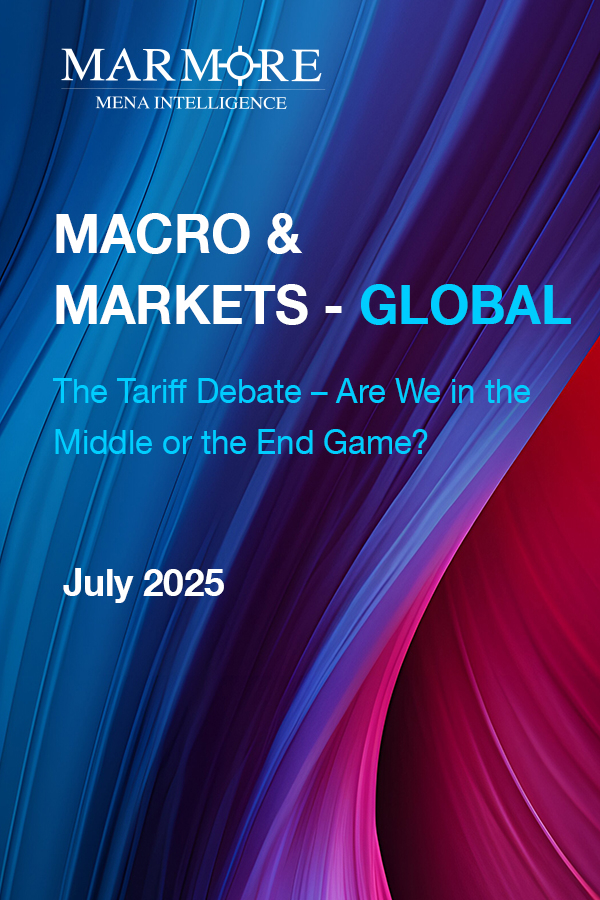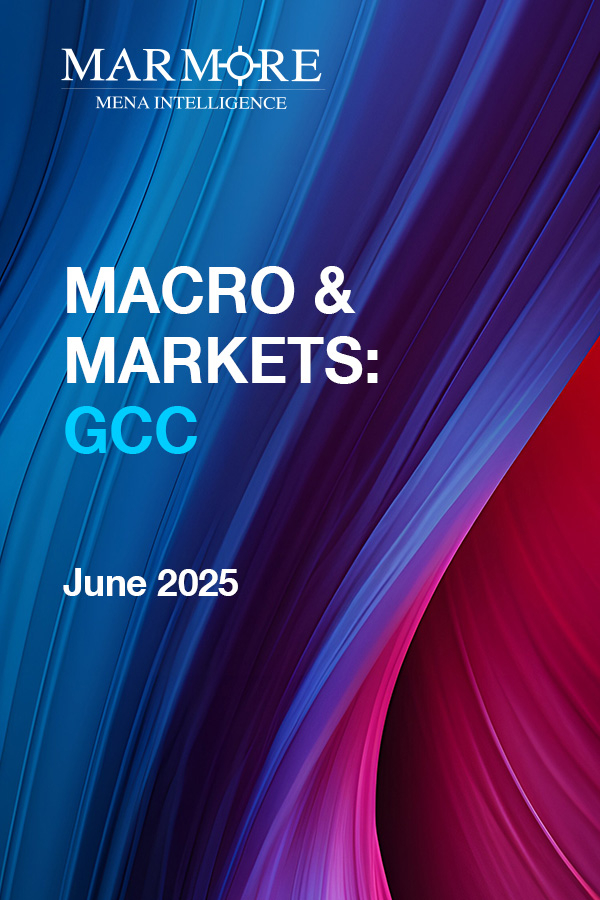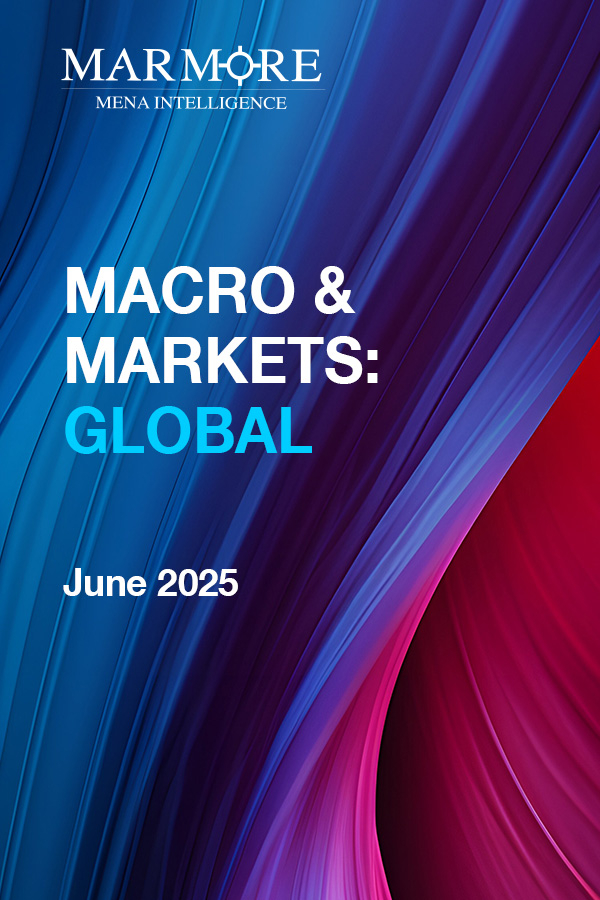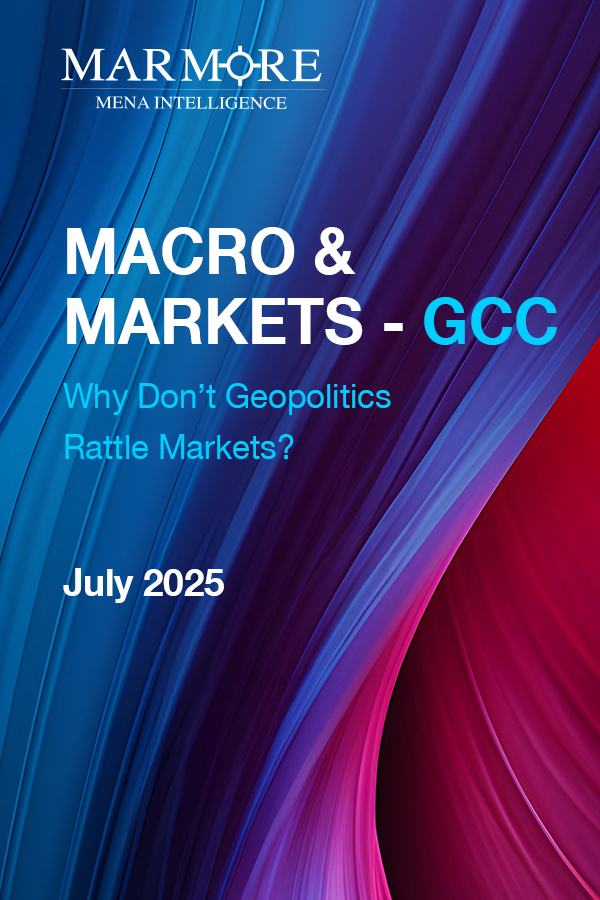Executive Summary
Emerging markets outperformed developed peers, with the MSCI EM index performance in July 2025 showing a 5.7% monthly gain, extending year-to-date gains to 13.7%. With geopolitical concerns temporarily de-escalated, focus has shifted back to tariffs, underscoring the broader effect of geopolitical tensions on the global economy in 2025.Certain sectors in key economies (Automobiles in Japan and Agriculture in India) remain politically sensitive, while the UAE economic outlook highlights resilience despite global trade frictions.




